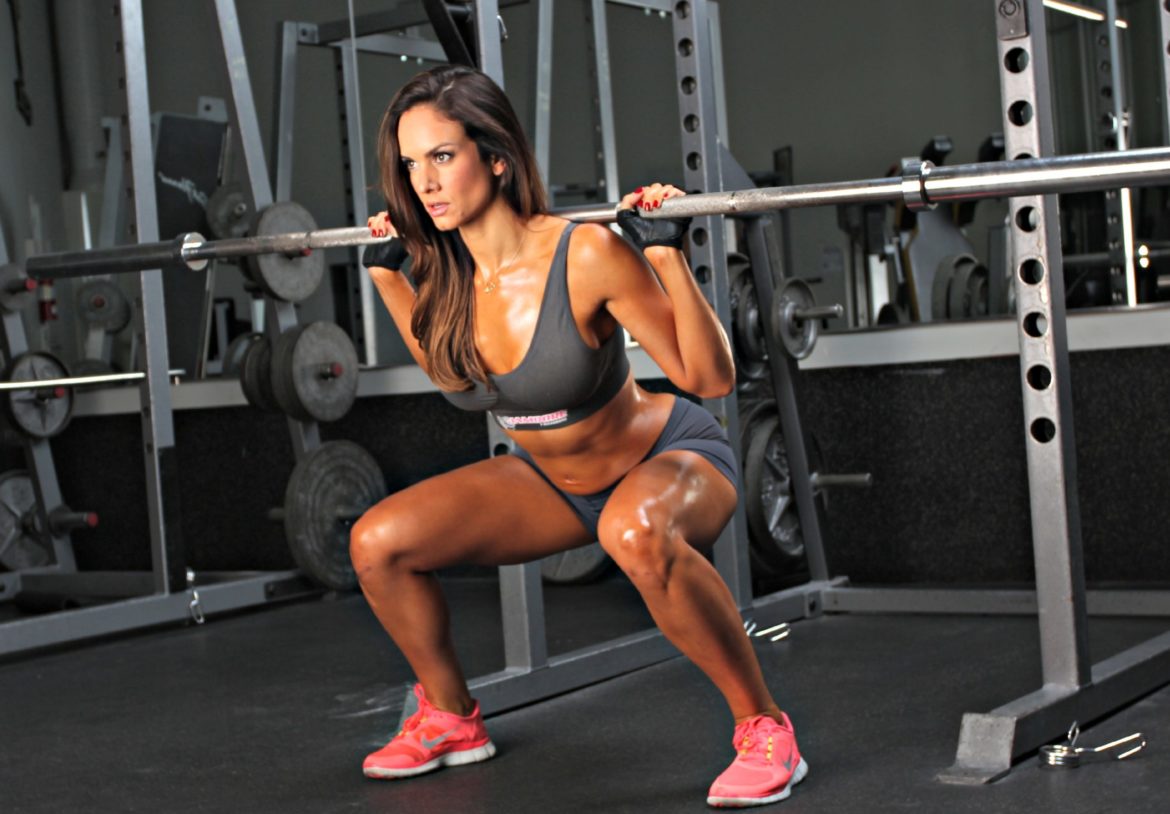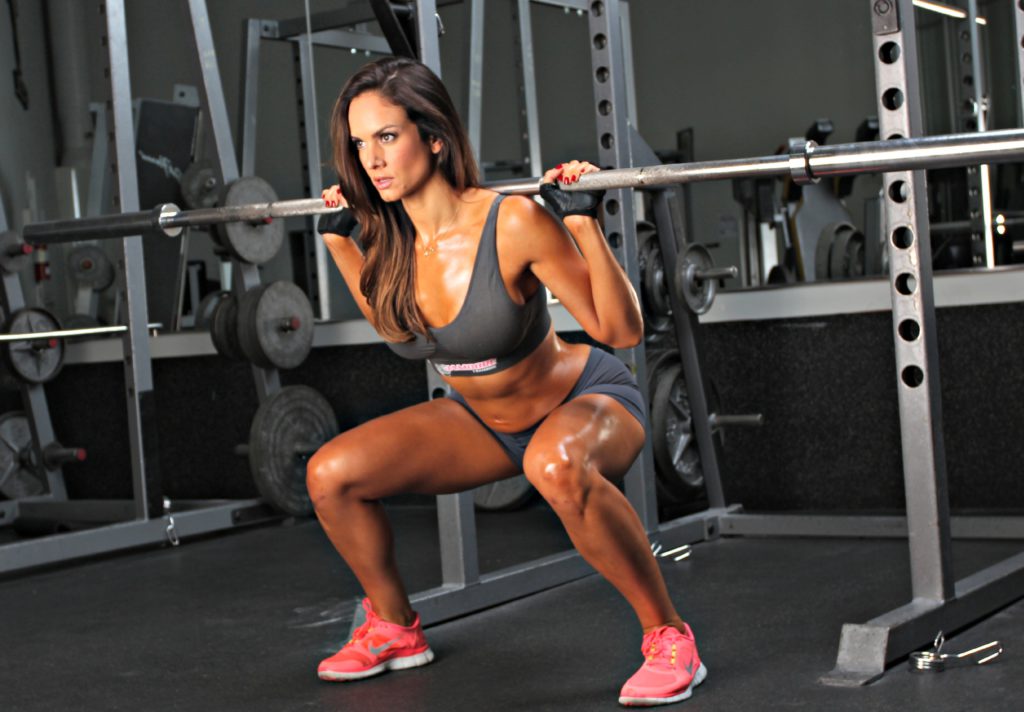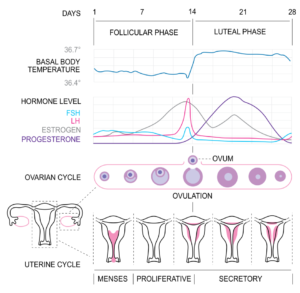
Here is a quick look at the menstrual cycle and how it effects your workouts in the gym. Your body goes through different phases on your cycle all impacting how you can perform in the gym. Interestingly, the day I write this, the issue has appeared in the news, with the British ladies #1 tennis player blaming her 1st round exit from a competition on ‘ladies problems’. I think it is great that this subject is getting publicity, as it definitely impacts how you train. It is something we address with our own clients who want to maximise their performance. Especially our ladies who are competing in physique competitions. Before going any further it should be noted that this is for pre menopausal women who are not using birth control.
A Quick Overview
Follicular Stage (Days 0-14)
- Increased estrogen, normal progesterone levels, & average body temperature
Ovulation (around day 14)
- Estrogen peaks, progesterone starts to increase, and begin to feel warmer
Luteal Phase (Days 15-28)
- Oestrogen decreases, progesterone increases, body temp higher than baseline
Follicular Phase
During the follicular phase ( & ovulation) you should focus on making progress with your training. During this stage, you have a higher tolerance to pain, can create your maximum force generation and you have increased levels of endurance. Your body is more prone to utilizing glycogen as a fuel source for exercise, so high carb workout nutrition is important (you could try a intra workout carbs such as vitargo or cyclic dextrin). In addition you will be more sensitive to insulin which suits an increase in carbohydrates.
Ovulation Phase
During ovulation, strength levels are higher meaning it is the ideal time to go for a personal best. One study found that ovulating women had a 11% increase in quad and hand grip strength (1) However it is important to note that you are at a much higher risk of injuring yourself whilst exercising. This is due to oestrogen levels being very high, which can affect your neuromuscular control. One study found that women are 4-8 times more likely to sustain a ACL injury during this phase. (2) Whilst on a nutrition front, your metabolism rises but insulin sensitivity decreases. So during ovulation it is important to not go overboard on the carbohydrates.
Luteal Phase
Finally the luteal phase: body temp is higher than normal, cardiovascular strain is higher, and there is a decreased time to exhaustion. Body composition wise, you may hold more water weight in this phase. The body will rely heavily on fat as a fuel rather than glycogen. So simply, you will be more suited to performing workouts that use fat as primary fuel source. This means you should be hitting up low intensity steady state cardio and moderate strength work.Metabolically your body is firing at its optimum, however serotonin level are low. This can create poor mood, irratiability and a craving for carbs. This craving is due to the body trying to increase its sserotonin production. One way to reduce craving and improve mood is using supplements such as Tryptophan or eating foods with a high amino acid profile (Turkey, pumpkin seeds etc)
To conclude taking a closer look at your menstrual cycle and the effects it has on the body is a much smarter way to train. With this information I hope you can tailor your training to get the most out of your hormone cycle and smash it in the gym.
- http://www.ncbi.nlm.nih.gov/pubmed/8735711
- http://soar.wichita.edu/bitstream/handle/10057/1101/pa0705023_A1b.pdf.txt?sequence=4


